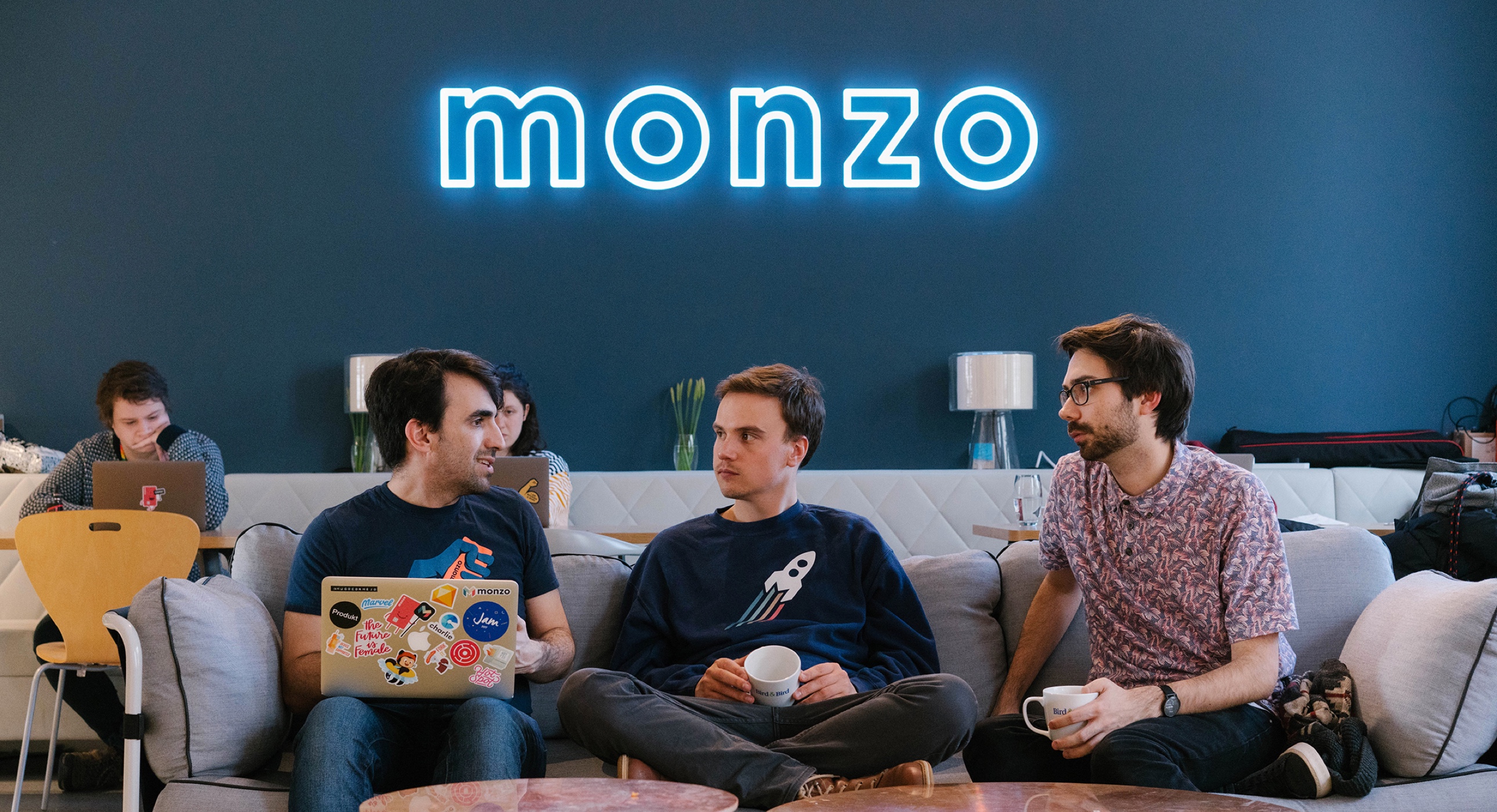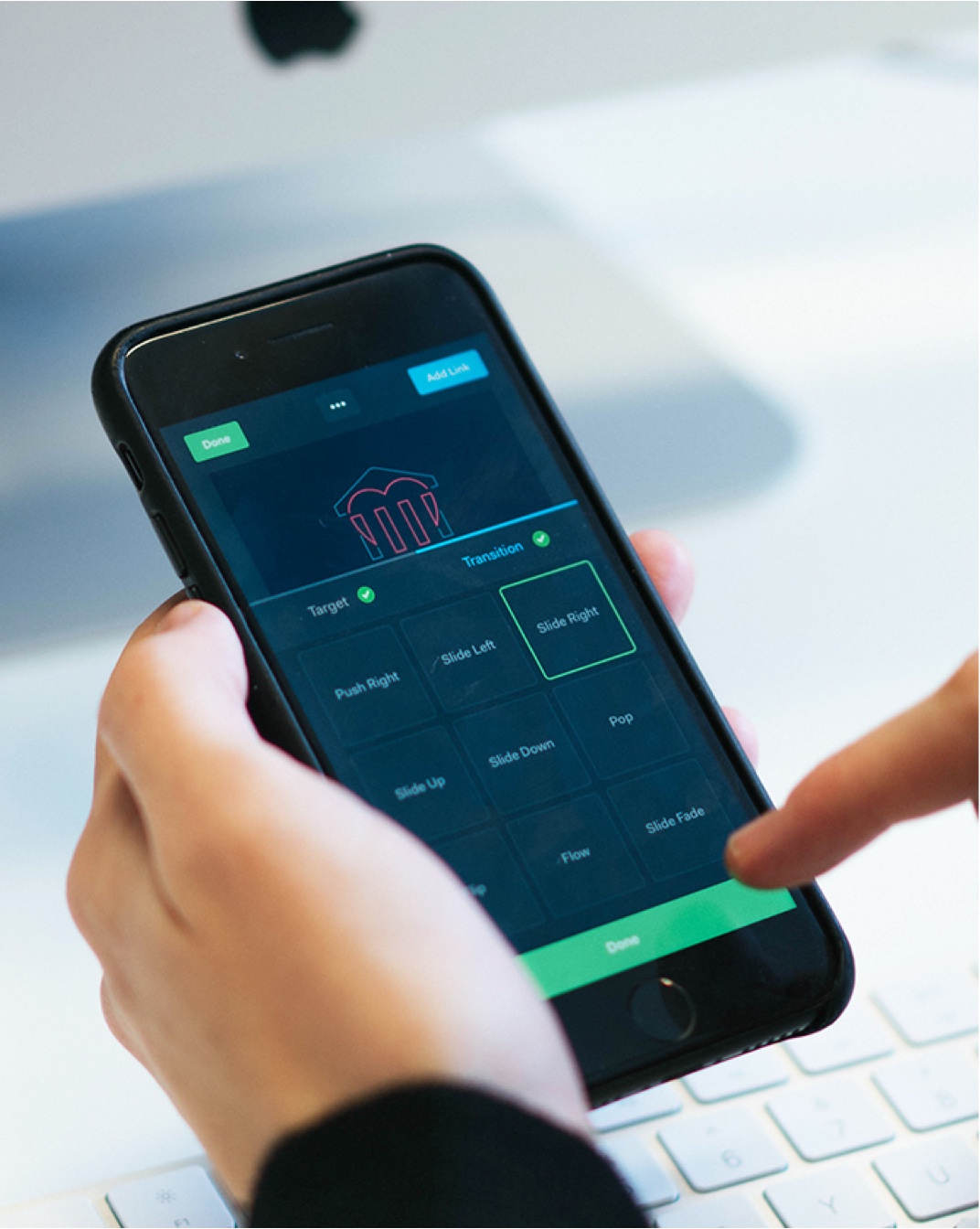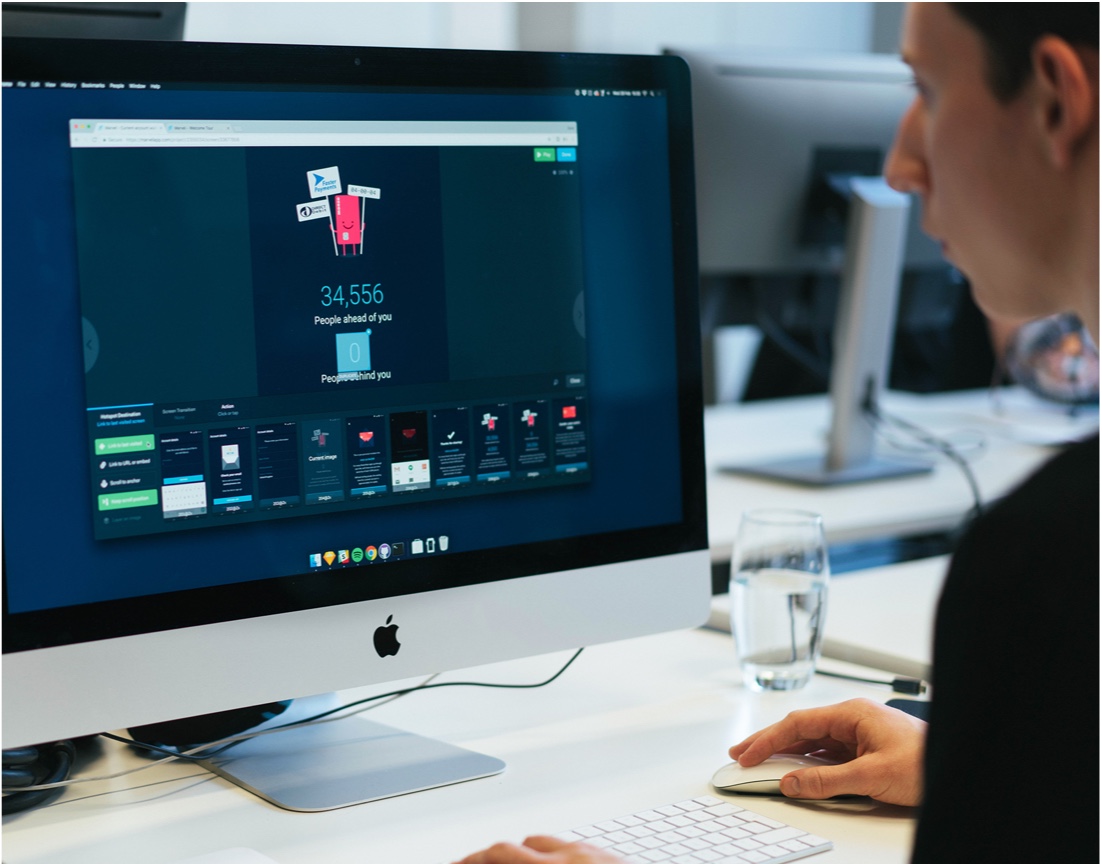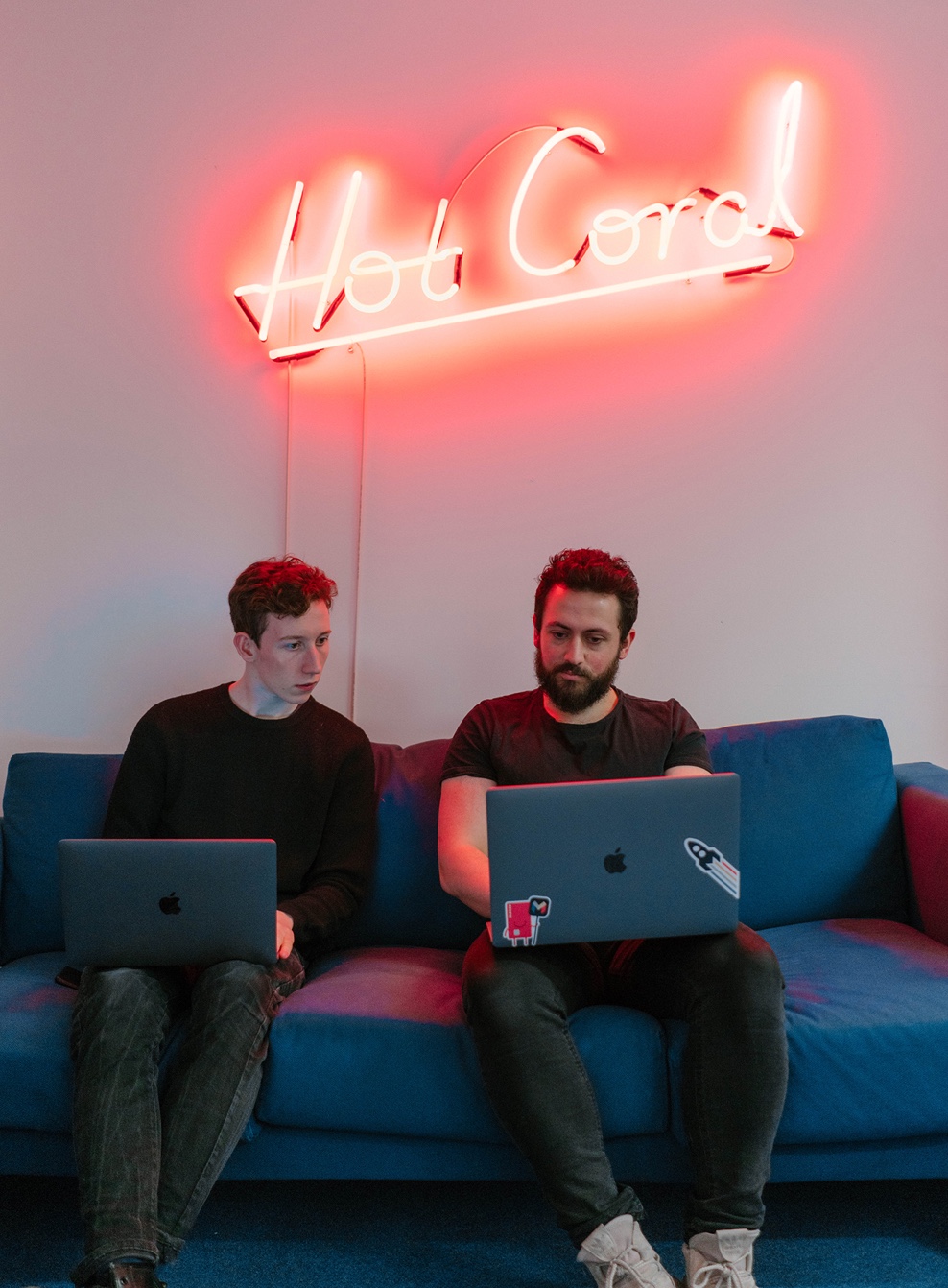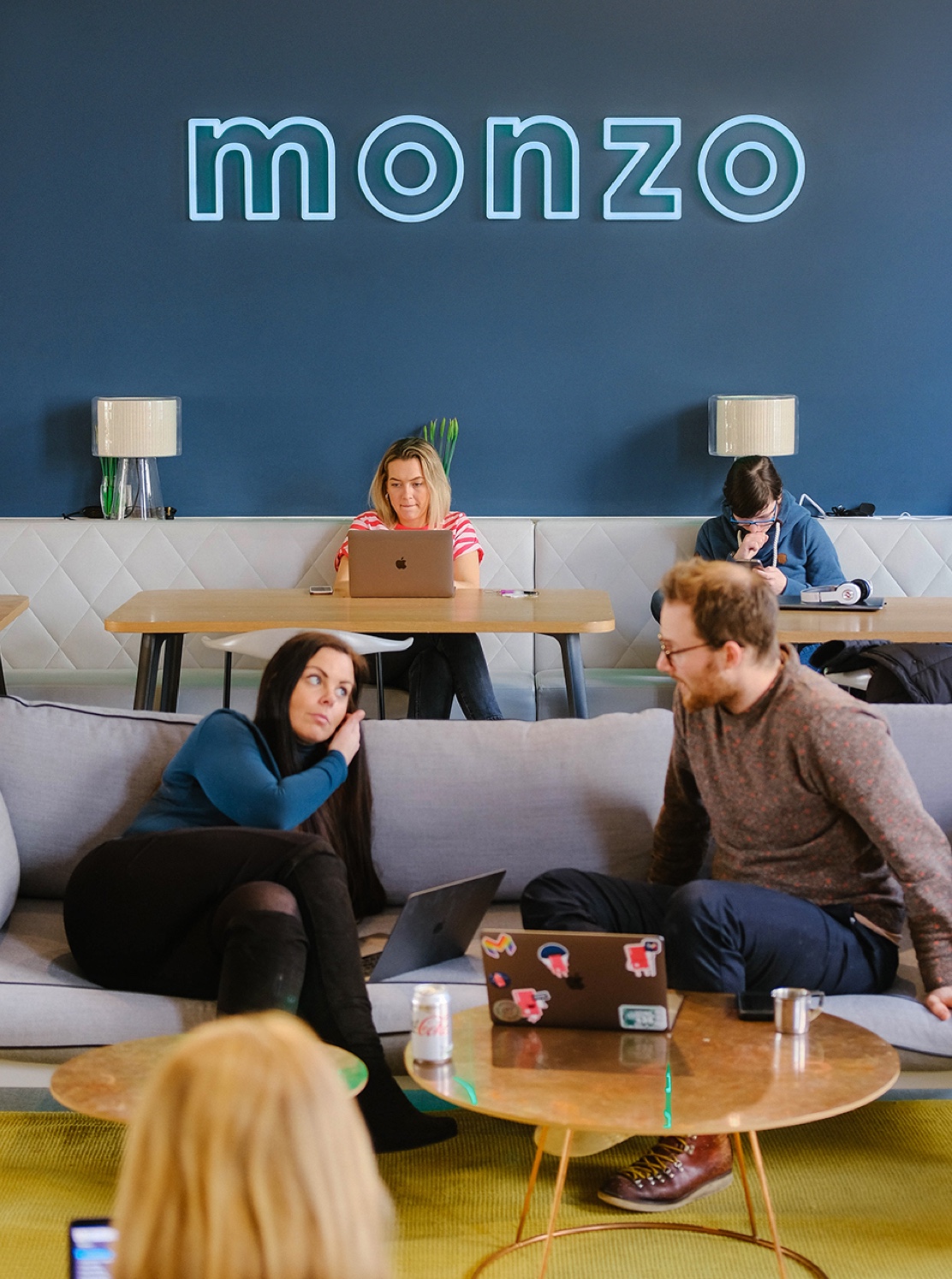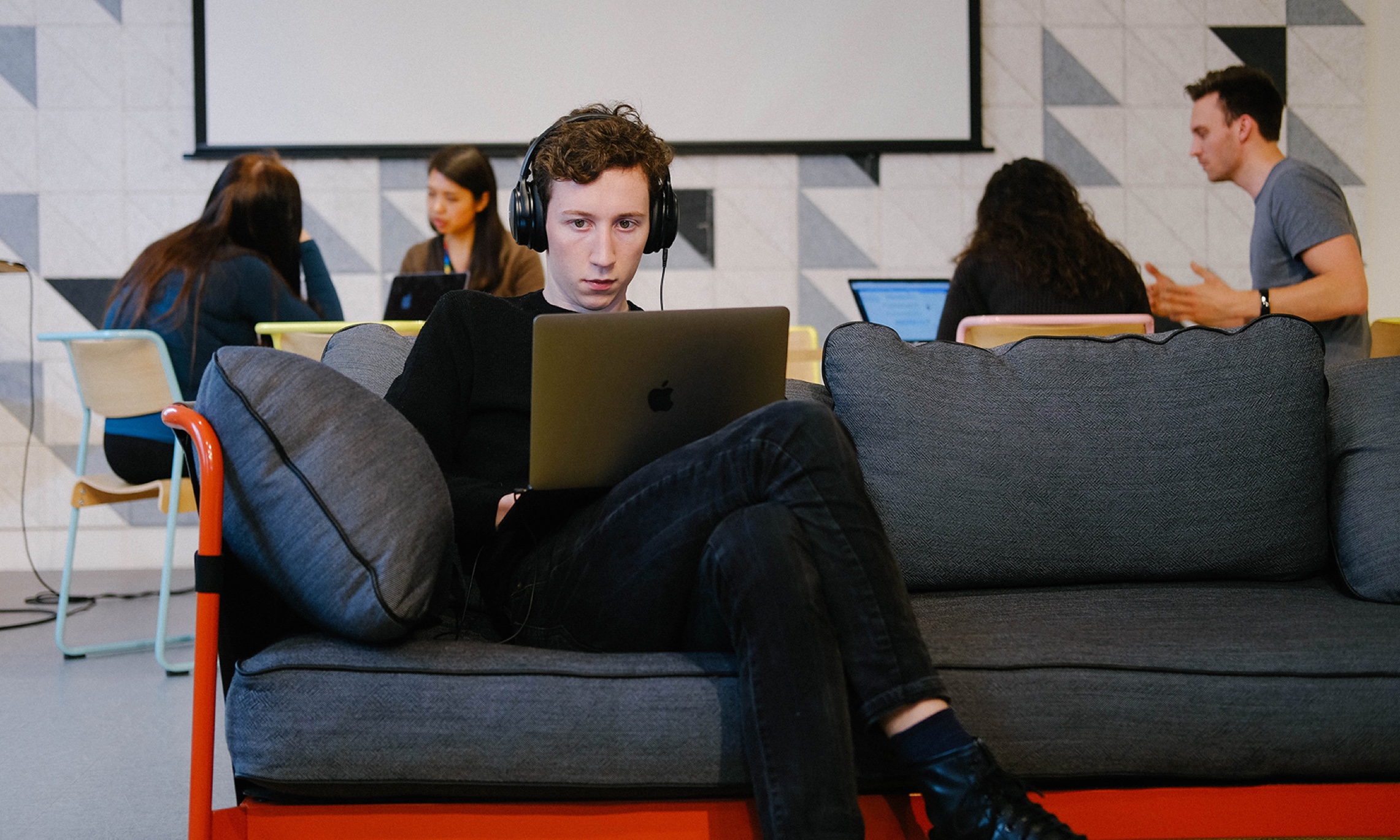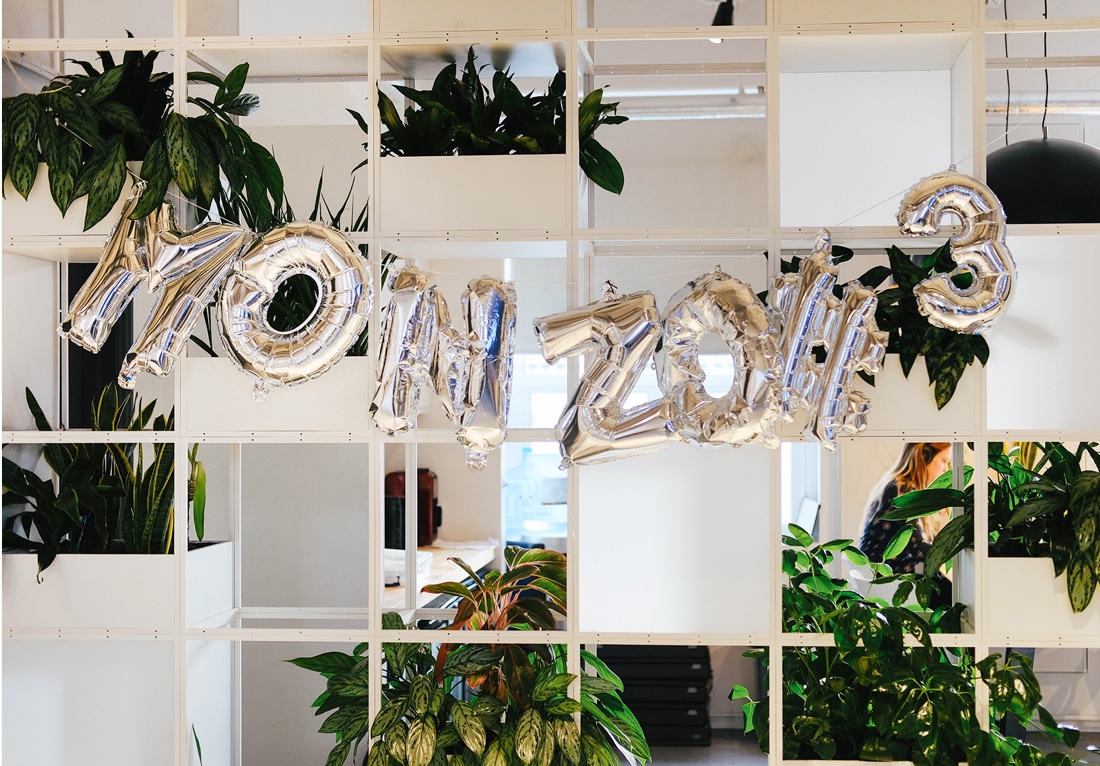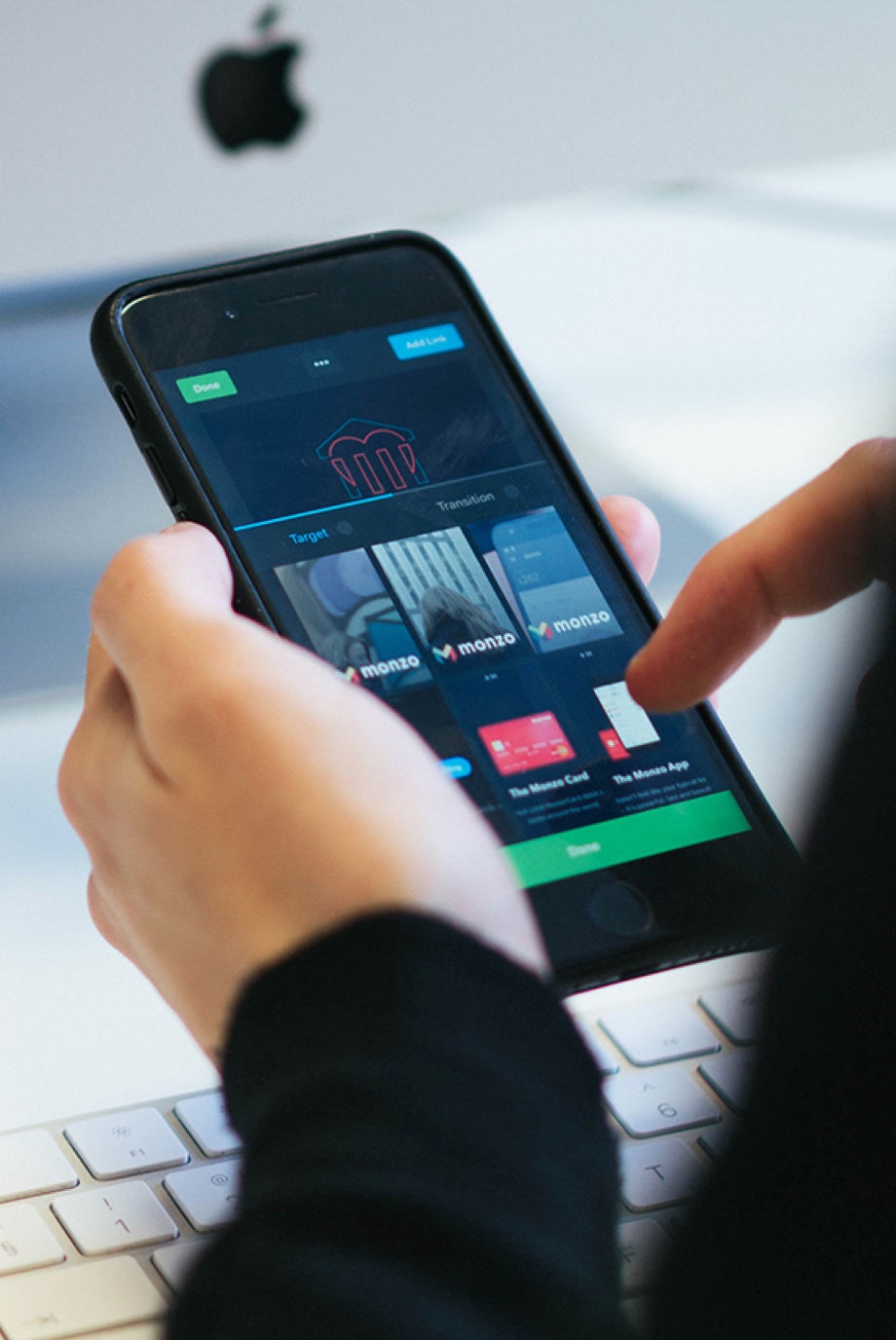Building the bank of the future — How Marvel keeps Monzo shipping every two weeks
- 3000
Artboards
Marvel is compatible with Sketch and supported the team's big projects
- 100+
Prototypes
Marvel enables the team to scale and supports high volumes of projects
- 2
Weeks to Ship
Prototyping with Marvel allows the team to accelerate their entire design process
Industry: Fintech
Key Feature: Prototyping, User Testing
Locations: UK
“Speed is incredibly important for us,” says Hugo Conejo, Monzo’s head of design. Looking at the bank’s history, it’s not difficult to see why. Launched in late 2015 by a group of five friends, the bank that lives in your smartphone, set the record for quickest crowd-funding campaign in history in 2016 - raising £1m in 96 seconds via the Crowdcube investment platform.
A little over a year later, in May 2017, the company announced more than £250 million had been spent through its prepaid card, thanks to its 200,000 customers. Today that figure is more than half a million users and more than £800 million spent.
To be able to grow and scale at that pace requires design and development tools that teams can work on quickly and simply without bottle necks. That’s where Marvel comes in.
“Marvel lets you see round the corner. Whenever we have a new idea or different direction for something, Marvel comes with us. We can show people what the future looks like using Marvel.”
Rapid iteration
One of the initial tasks Hugo had in developing Monzo’s workflow was how to allow multiple teams to give feedback and input at key moments without disrupting the design team’s workload.
“In the beginning, someone would spot a mistake. Instead of someone fixing it in the design, they would go to the developer and send it in code, but the design would still be outdated.”
That created a bottleneck that would then have to be unpicked by designers and developers, slowing down the rapid iteration the company is used to.
So they turned to Marvel. Hugo and his team started by designing the features Monzo’s customer support would use to answer queries. “We loved how it worked so much, we rolled out Marvel across all of our projects and platforms.”
Today, Monzo has hundreds of designs running concurrently through Marvel’s platform. One of the key benefits of transferring the company’s numerous projects onto Marvel is the transparency it creates between teams: a place where if someone makes changes, everyone can see those changes. Instead of trawling through email chains and Slack threads, Hugo and his team can see what everyone is working on at any one time.
Working at scale
Hugo found other tools on the market tended to break or freeze when working at the scale he and his team do. With more than 100 prototypes, and nearly 200 projects in development at once, Marvel has kept up with the pace.
Another key feature Hugo likes about Marvel is how seamless it fits into Monzo’s workflow.
“It doesn’t get in the way. This is something that’s very important to us. We don’t like add-ons or overheads. It gives us control.”
That control has allowed the team to operate at a pace that a high street bank could only dream of. “We are getting faster and faster. In the beginning we were 13 members of staff, we are now 220. Our design team has gone from just me to 6 people in that time, too.”
Marvel has allowed new designers and members of staff to onboard into the fast-paced workflow Monzo is accustomed to within hours, rather than days.
"The last designer to join the team, she was onboarded with Marvel in 30 minutes, which is really quick."
Validating ideas
Monzo’s structure, like any other fast-paced startup has stakeholders and different teams, each of which is needed to help validate ideas and develop new features. Marvel has helped make that process simpler.
“For Product Managers, Marvel works really well. It’s a pleasure to use. When we share new features with the rest of the company, we run Marvel on a big projector. I don’t even think many of our teams know what Marvel is, it’s that embedded into the way the company works.”
Previously, to showcase new features to shareholders and the community, Hugo and his team would make videos and presentation decks. Marvel changed that.
“When you play with a prototype in Marvel, you get to see how it works. If you watch a video, you can’t do that. If you want to feel that something is real, Marvel works very well.”
It’s this tactile sense of a product, rather than just passively consuming content that has brought Monzo’s customers closer to the company than many thought possible. In fact, part of Monzo’s workflow involves working with its community to come up with new features and test out ideas.
That relationship has lead to user testing sessions with customers every two weeks, with Marvel being at the heart of that iterative process.
“We use Marvel a lot to show our customers what we’re working on next. They can then give us feedback, make new suggestions. It’s incredible. Marvel lets you see round the corner. Whenever we have a new idea or different direction for something, Marvel comes with us.”
